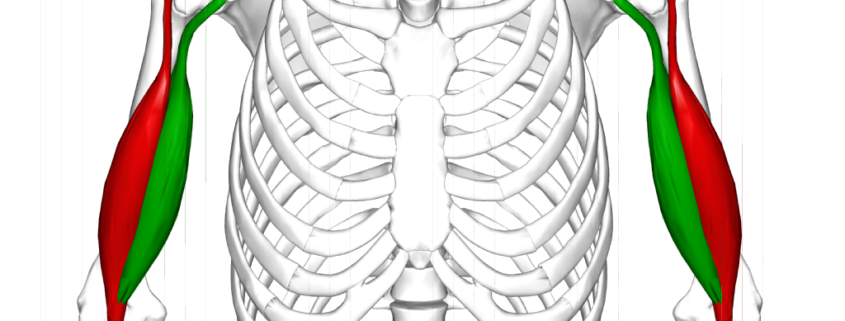
Biceps Rupture
Overview
A biceps rupture is an injury that happens when your bicep muscle tears from the bone at the elbow or shoulder joint. This muscle-tearing injury can significantly hinder your arm’s strength and movement. Although less common than other types of muscle injuries, cases of ruptured biceps are predominant among middle-aged adults.
Types
There are two primary types of biceps ruptures:
1. Distal biceps rupture: This occurs when the tendon attaching your biceps muscle to the forearm bones at the elbow gets torn.
2. Proximal biceps rupture: This involves a tear of the tendon attaching your biceps muscle to the shoulder bone.
Causes
Biceps ruptures are typically caused by sudden, severe stress on the biceps muscle. This may result from:
– A heavy-lifting incident
– Falling onto an outstretched hand
– Overuse of the biceps muscle, especially in weight-lifting or similar physical activities
Symptoms
A biceps rupture is usually marked by:
– A sudden, sharp pain in the upper arm or elbow
– Weakness in the arm
– Difficulty in moving or rotating the arm
– A noticeable bulge or deformity in the upper arm (akin to a “Popeye muscle”)
– Bruising on the upper arm or forearm
Diagnosis
A biceps rupture diagnosis typically involves a physical examination of the affected arm and imaging tests. Your doctor may:
– Examine your arm for bruising, swelling, and deformity
– Perform an X-ray or MRI scan to examine the severity of the rupture
– Use ultrasound for a real-time view of the muscle and tendons during movement
Treatment Options
Treatment for a biceps rupture depends on the severity of the injury and the patient’s lifestyle. Treatment options include:
– Non-surgical treatments such as physical therapy and the use of arm slings for rest
– Surgical treatment for a complete rupture requiring reattachment of the tendon to the bone
Living With a Biceps Rupture
Recovery from a biceps rupture may range from a few weeks to a few months. Here are a few tips to help manage a biceps rupture:
– Rest and elevate the affected arm
– Apply ice packs for the first 24-48 hours to reduce swelling
- Undergo physical therapy to restore range of motion, strength, and function to the arm
– Follow medication instructions and attend all follow-up appointments
When to Seek Help
Contact your healthcare professional immediately if you:
– Experience continuous pain and swelling
- Fail to regain or improve the arm’s functionality after weeks of conservative treatment
– Notice a confronting deformity in your arm
Remember, early diagnosis and treatment can significantly improve the outcome of a biceps rupture. Whenever in doubt, it is best to consult with a healthcare professional.
Note: This guide is intended to provide a comprehensive overview of biceps rupture. It is not intended as a substitute for professional medical advice, diagnosis, or treatment. If you have or suspect you may have a health problem, always consult your doctor or healthcare provider. Never disregard professional medical advice or delay sought medical attention because of something you have read in this guide.
